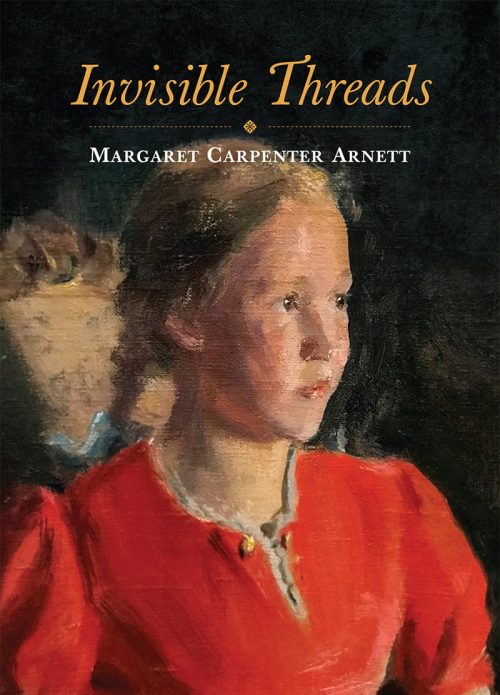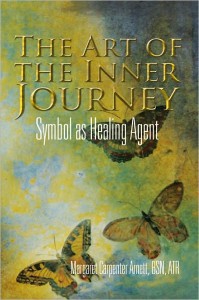
Photo by cottonbro studio
Healing through creativity is a powerful process that allows individuals to reconnect with their inner selves and promote emotional well-being. Art has long been celebrated for its ability to express complex emotions and facilitate self-discovery.
Individuals can tap into deep parts of their psyche by engaging in creative activities, often unlocking healing and transformation in ways words alone cannot. This article will explore how creativity nurtures the soul and why art is essential for self-healing.
The Therapeutic Power of Art
Art has an intrinsic ability to heal. Whether it’s painting, drawing, sculpting, or any other form of creative expression, art provides a safe space for individuals to explore their feelings, process trauma, and express emotions that may be difficult to articulate. This is why healing through creativity is often used in art therapy—a practice that combines artistic expression with psychological counseling to promote emotional healing.
Creative healing offers an outlet for those who struggle with verbal expression. Sometimes, words can’t capture the depth of our emotions, and that’s where the visual language of art becomes crucial. Through creating, individuals can externalize their inner experiences, bringing clarity, release, and healing.
Margaret Carpenter Arnett’s The Art of the Inner Journey: Symbol as Healing Agent is a self-help book using art for healing. The book explores the principles of art as a healing tool and offers exercises to help unlock and engage with personal imagery.
How Does Art Help with Healing?
Healing through creativity works on several levels. First, it allows the individual to reflect on their inner world without the pressure of societal norms or expectations. When someone creates art, they are not bound by rules or judgment. This freedom enables them to process emotions at their own pace and in their way.

Photo by SHVETS production
Second, the process of making art has inherent calming effects. It’s widely known that activities that engage the mind and hands—such as drawing or painting—help activate the relaxation response. In the context of creative healing, this can lower stress, reduce anxiety, and promote mental clarity. For those experiencing trauma or emotional distress, the act of engaging with art offers a soothing reprieve, allowing them to regain a sense of control and empowerment over their emotions.
Finally, art allows for a deeper connection to the subconscious. Many people who turn to creative outlets for healing report experiencing breakthroughs—new realizations, insights, and understandings about themselves and their emotions.
The beauty of healing through creativity is that it helps individuals navigate their internal worlds without needing to understand every detail consciously. This makes it an incredibly intuitive method for emotional and psychological healing.
The Role of Art Therapy in Healing Through Creativity
Art therapy is a professional practice where licensed therapists guide individuals through the therapeutic use of art to explore and heal emotional or psychological wounds. It’s a structured form of creative healing that has proven to be beneficial for a wide range of issues, including trauma, anxiety, depression, and grief.
In art therapy, the therapist does not focus on the artistic skill of the individual but rather on the emotions and stories that emerge during the creative process. The goal is not to create a masterpiece but to connect with oneself, express feelings, and process past events in a non-verbal, safe way.
Studies have shown that art therapy is particularly effective for people who struggle to talk about their emotions. For instance, those dealing with trauma may have difficulty verbalizing the emotional impact of their experiences. Through creative healing, they can represent their pain and suffering in a way that feels less threatening than conventional therapy or talking about their trauma directly. Creating helps individuals regain agency and ownership over their healing journey.
Healing Through Creativity and Self-Discovery
Another powerful aspect of healing through creativity is its role in self-discovery. Art encourages individuals to explore aspects of themselves they may not fully understand or acknowledge. Through creation, hidden feelings, desires, and thoughts often surface. This can lead to a greater sense of clarity and awareness.

Photo by cottonbro studio
Painting, drawing, or engaging in art can trigger emotional release. For example, using colors to represent different emotions or experiences may help someone work through unresolved grief, anger, or sadness. The freedom to choose colors, shapes, and forms in a piece of art allows individuals to confront their emotions in a way that feels liberating rather than constraining.
People can better understand their needs, desires, and fears through these creative acts. Healing through creativity can become a meditative process—one where individuals can be present with themselves, accept their emotional states, and work toward healing.
Margaret Carpenter Arnett’s art therapy books explore the power of artistic expression, guiding individuals to process and communicate their emotions, particularly during life’s most challenging moments.
Healing Through Creativity: Art as a Daily Practice
Healing through creativity doesn’t need to be a grand, isolated event. Incorporating art into your daily life can be an incredibly effective way to maintain emotional well-being. Whether it’s doodling, journaling, or simply engaging in a brief drawing session every morning, creative expression can help people manage stress, balance emotions, and promote inner peace.
Mindfulness-based art practices are a straightforward way to incorporate creative healing into daily life. Mindfulness teaches us to be present and aware in the moment, and when combined with art, it can bring a sense of calm and focus. For example, by focusing solely on the strokes of a paintbrush or the ink flow on paper, individuals can experience a grounding and centering effect that fosters emotional well-being.
Furthermore, making art a part of your daily routine allows you to consistently process and release pent-up emotions, reducing the likelihood of stress or anxiety building up over time. The more you practice healing through creativity, the more natural it becomes to turn to art as a source of comfort, healing, and insight.
The Endless Potential of Art in Healing
Healing through creativity is a journey that doesn’t have to be linear or confined to a single art form. The creative process can be as diverse as the individual, from painting to writing, sculpture, photography, and beyond. The key is to find a medium that resonates with you and allows you to express yourself freely.
Whether you’re using art as art therapy or simply enjoying creative outlets for personal growth, there’s no wrong way to approach the process. The ultimate goal is to reconnect with yourself, process your emotions, and find healing. With the power of creativity, the soul can heal, transform, and thrive.
By healing through creativity, you open yourself to an endless world of self-exploration and emotional recovery possibilities. Embrace your creative journey today through The Art of Inner Journey: The Art of the Inner Journey: Symbol as Healing Agent. Grab a copy now and discover the profound benefits of using art to restore your soul.


 "The Art of the Inner Journey" (FULL COLOR EDITION) by Margarett Carpenter Arnett is now available through:
"The Art of the Inner Journey" (FULL COLOR EDITION) by Margarett Carpenter Arnett is now available through:
